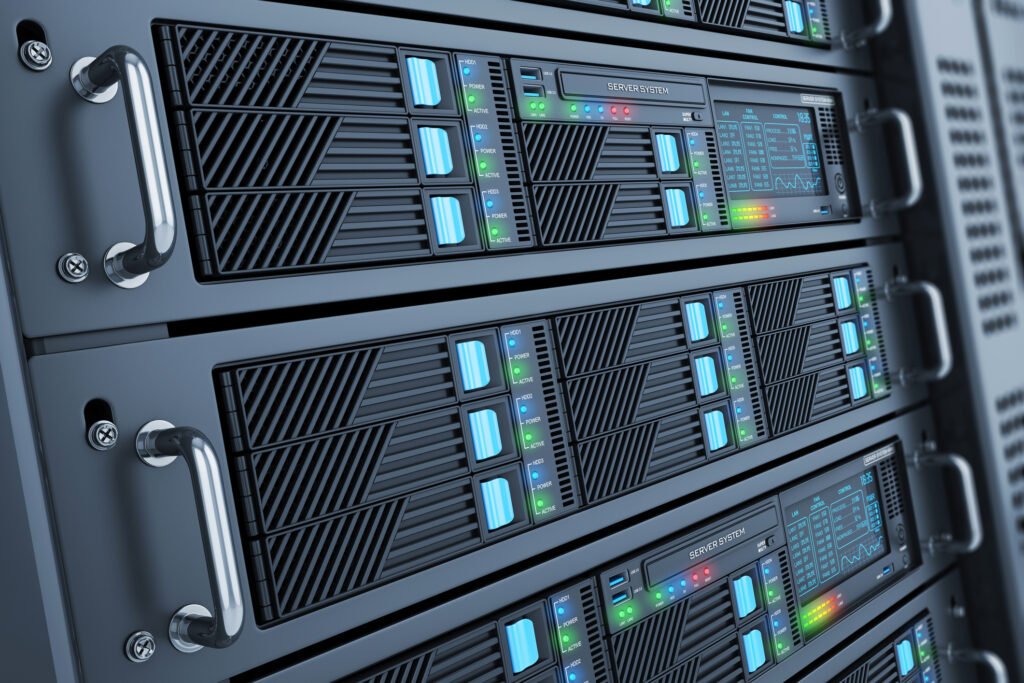When dealing with server rooms, system administrators should do a great job to allocate all the devices and supplementary parts effectively and ergonomically to ensure their proper functioning. A PC is one of the key elements of a computing system; it is the brain of a data center. Thus, it is necessary to pay particular attention to its accommodation.

Usually, computers are placed on desks (or even under them). But this is not the best case for the data center. A skilled system administrator prefers to rackmount the device and below, you’ll find out why.
5 keys to rackmount your PC
Here are 5 key arguments of why it is better to install your computer on a rack:
- Safer for hardware. According to its construction, a server rack has two or four posts with holes designed for fastening different types of equipment. These are specialized high-strength posts that carry high loads and ensure perfect device mounting.
When putting the computer on the desk, water or other liquids can be spilled on it. When placing equipment under the desk, it can be easily knocked over. Thus, placing the PC in the rack avoids the risk of damage and protects against accidents.
- Proper cooling. A computer server rack system is characterized by the use of high-computing hardware. When operating, network and computer devices tend to emit a lot of heat. Thus, the issue of proper cooling is one of the crucial ones. It is important to make a plan of air circulation and find out how hot air will leave the furniture piece and reduce the level of hot air inside the model. Server racks are distinguished by perfect cooling characteristics. Due to its open design, air can easily circulate and pass through functioning hardware, making hot air leave the rack and keeping the apparatus cool. Natural ventilation is better organized in server racks, which means that the computer won’t overheat.
- Organized workplace. Here’s another reason for preferring PC rack mounting. Racks allow accommodating a lot of equipment in a relatively small area. Such furniture pieces are constructed of different heights and sizes. Thus, it is possible to pick one rack and accommodate many apparatus there. Shelves, holes for fastening, and rail kits will allow users to place all the required equipment in one place efficiently. Moreover, it will save space in the data center since all the devices will be stored within one cabinet.
In addition to hardware setup, an open structure helps make cable routing more organized, accessible, and easier for replacement.
As for maintenance, open-design racks make it easier to perform service work. Employees have access to devices from all sides, which means that they can easier maintain computer server rack system performance.
- Better power management. Many server racks are equipped with backup power supplies that prevent equipment failure even when the main power is turned off. If electricity is suddenly goes down, this may cause inevitable failures in the system operation. A redundant power supply will be the best solution that will help prevent this problem.
- Cleaner environment. The use of a server rack to accommodate computer equipment serves as an additional barrier against contamination, reducing the level of dust and other contaminants inside a piece of furniture.
Workplace organization in the server room is an important issue that determines future system performance. Using server racks allows housing different types of hardware and their ergonomic accommodation. A rack-mount server will be protected from all sorts of occidental damages, overheating, pollution. Devices won’t take a lot of space. Meanwhile, their maintenance won’t cause problems since access to main bodies and cable routing is available from all four sides.
A server rack will be a great choice for the server room. Note that furniture products are always picked leaving extra space for hardware improvement and expansion. There are different types of furniture, including both an industrial model and a home server rack. Users can find a suitable option of the required height, size, depth, and capacity.










